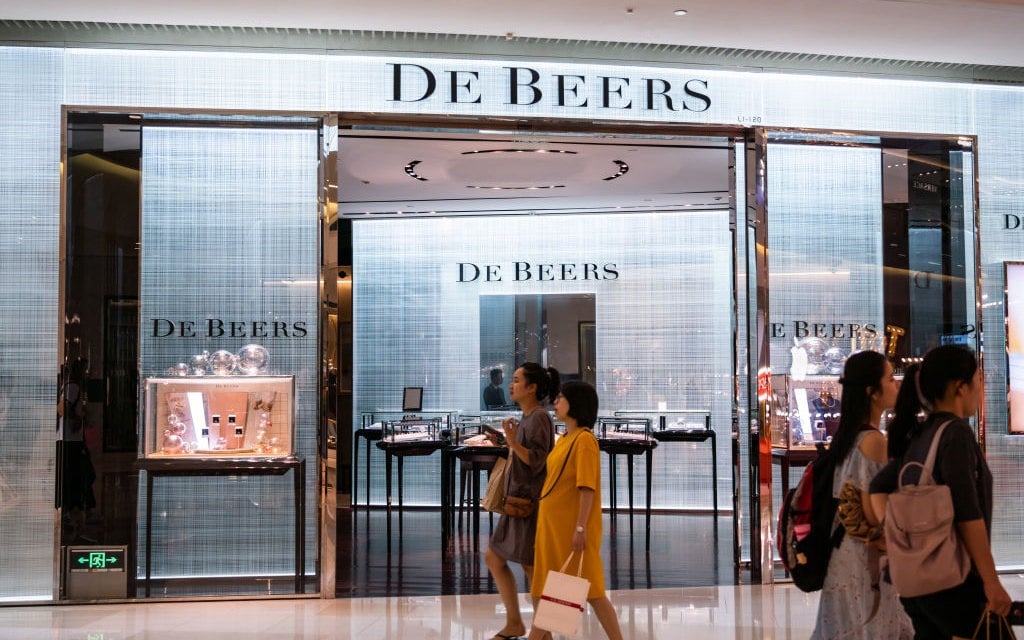De Beers is abandoning a controversial experiment to sell lab-grown diamond jewelry, ending a six-year plan that broke one of the company's oldest taboos.
The company has had the technology to produce synthetic gemstones for many years, but has always refused to sell them as jewelry for fear that they would diminish the appeal of natural stones. But as man-made stones have grown in popularity and begun to compete directly with natural diamonds, De Beers launched its own jewelry brand in 2018.
The company introduced Lightbox, selling synthetic diamonds at significantly lower prices than rival producers, in a bid to drive down prices and create a clear divide in consumers' minds. But it is now withdrawing the offer as De Beers Chief Executive Al Cook overhauls the business, which is at risk of being jettisoned by owner Anglo American.
Anglo announced plans last month to sell or spin off De Beers as part of a restructuring plan to fend off an approach from BHP Group, ending a nearly century-long relationship with one of the industry's best-known names. As it prepares for its separation, De Beers, the company that coined the slogan “diamonds are forever,” will refocus on promoting natural stones.
“We know how to do this, and we're coming back,” Cook said in an interview. “It all comes together around a larger theme of distinguishing natural diamonds from lab-grown diamonds.”
The price of synthetic diamonds has now collapsed, but how much of that is due to De Beers and how much is due to the sudden surge in new supply is up for debate. This undermines the logic of De Beers' business, and the wholesale price of lab-grown diamonds is now lower than the price of Lightbox, which was well below the going rate when they were first introduced.
Yet while synthetic diamond prices have plummeted, there has been significant collateral damage: Prices for the natural stones used in inexpensive 1- to 2-carat wedding bands have fallen under pressure from synthetics and show little sign of a sustained recovery so far.
De Beers is not immediately stopping sales of Lightbox stones. It plans to use up its existing inventory, which is expected to take about a year, before deciding what to do with the business.
Industry insiders remain divided on what the long-term impact of synthetic diamonds will be and whether the diamond industry's current weakness is cyclical rather than a structural change caused in part by lab-grown alternatives.
Unlike imitation gemstones such as cubic zirconia, lab-grown diamonds have the same physical properties and chemical composition as mined stones. They are made from carbon seeds placed in a microwave chamber where they are superheated into a glowing plasma ball. This process produces particles that eventually crystallize into diamonds. The technology is so advanced that experts need machines to distinguish between synthetic and mined gemstones.
De Beers will shift its focus to so-called category marketing, promoting diamond jewelry in general rather than just its own branded gemstones, and will also expand its retail presence through its own jewelry stores.
The company also plans to enter into its own gem polishing, a part of an industry dominated by family-run businesses in India and Belgium.
De Beers is targeting annual core profits of $1.5 billion by 2028. As the diamond industry booms and busts, the company's profits have traditionally ranged from $500 million to $1.5 billion, but last year it made just $72 million.
The instability has created discontent within Anglo, and years of shaky performance have led to declining revenues from more coveted commodities such as copper.

